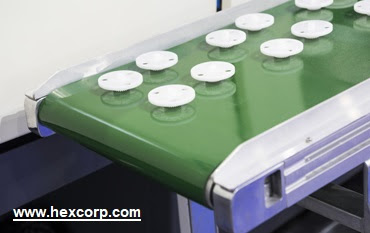Advantages of Rapid Prototyping and the Components of the Prototyping System
There are two main benefits of quick prototyping. Since the product or part can be validated through user input or functional testing, this guarantees that the design goals have been met. Second, it reduces expenses by eliminating the need for teams to invest in tooling or manufacturing equipment for a production run of parts. Rapid prototyping, on the other hand, can be economically fulfilled through the use of lower-volume manufacturing methods like 3D printing, CNC milling, or injection molding using aluminum tooling.
Product designers are often sifting through the available prototyping procedures to find the one that works best for their project. In this white paper, we'll take a look at the pros and cons of the various 3D Printing in Los Angeles now available to designers.
Detailed descriptions of each prototyping method are provided, as with analyses of the material properties of the resulting components.
1. Stereolithography
SLA
SLA, also known as additive manufacturing or industrial 3D printing, uses a computer-controlled laser to "print" objects from a pool of UV-curable photopolymer resin. Using the laser, a cross-section of the part's design is traced out on the surface of the liquid resin, and then cured. Once again, the hardened layer is lowered to a level below the surface of the liquid resin. The layers stick together as they cure. To finish the portion, this procedure must be repeated.
2. Selective
Laser Sintering
Designers offer SLS as one of their five additive processes. The SLS method employs a computer-controlled CO2 laser that draws upwards into a hot bed of nylon-based powder, gently sintering (fusing) the powder into a solid. A roller is used to add a new coating of powder to the top of the bed when each layer is completed.
When compared to injection-molded plastic, SLS items are more durable and accurate, but their harsh surface and lack of fine details are drawbacks. SLS uses powders made of rigid nylon or elastomeric TPU, which are identical to real engineering thermoplastics.
3. Direct
Metal Laser Sintering
Metal prototypes and finished
products can both be made with DMLS, which is an additive Rapid Prototyping Services Los Angeles manufacturing
method. With DMLS, a laser system is used to draw with atomized metal powder on
a surface.
Wherever it draws, it solidifies the powder by welding it together. A blade is used to apply more powder between each successive layer. Since most alloys are suitable for use with DMLS, prototypes can be fully functional pieces of hardware.
4. Multi
Jet Fusion (MJF)
With MJF, a bed of nylon powder is covered with a fusing and detailing agent using an inkjet array, and the powder is fused into a solid layer using heating elements. After each layer, powder is sprinkled over the bed, and the procedure is repeated until the component is finished.
When a construction is complete, the entire bed of powder including the enclosed components is transferred to a processing station where a built-in vacuum collects the majority of the remaining powder.




Comments
Post a Comment